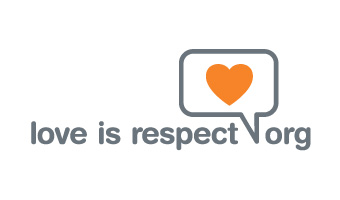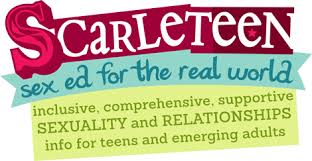Sexual coercion
If someone makes you feel obligated or forced to do something you don’t want to, you may be experiencing coercion. Sexual coercion is unwanted sexual activity that happens when you are pressured, tricked, threatened, or forced in a non-physical way. This could include:
- Using alcohol or drugs to influence your decision,
- Being worn down by someone using guilt, humiliation, and repeated begging,
- Someone in a position of power over you to pressure you,
- Being lied or promised things that weren’t true,
- Threaten to end relationship or spread rumours about you.
Anyone could commit sexual coercion, it is usually from someone you already have some type of relationship with.
If there is no enthusiastic and explicit consent then coercing an individual into any sexual activity is sexual assault. Coercion is when a person(s) pressures another person to change their ‘no’ into a ‘yes’. This could be pressuring someone to sext, “send nudes”, or engage in sex. Just because people are in a relationship or a someone pays for drinks, does not mean that they are owed any sexual activity from the other person.
Sexual pressure behaviours and tactics create or enhance power differences. These power differences increase the likelihood of crossing boundaries, unwanted sex and unhealthy relationships.
Remember that sexual activity is not just about ‘sex’, it includes kissing, hugging, touching, etc. In a healthy relationship, giving and receiving consent is an ongoing process.
Planned Parenthood: When someone doesn’t want to have sex
Stealthing
Stealthing is a form of sexual assault. It is the act of covertly removing a condom during sex without affirmative consent. This means changing the condition of consent when consent was given for sex with a condom only. It is also disrespecting of another person’s bodily autonomy and sexual and reproductive health.
Reproductive coercion
Reproductive coercion – sometimes called reproductive control is a form of sexual violence. It describes behaviour that attempts to exert power and control over a woman’s reproductive autonomy. These behaviours might include an intimate partner, usually male, forcing a woman to have a baby, or to terminate a pregnancy, or tampering with contraception such as flushing contraceptive pills down the toilet, deliberately breaking or removing condoms, or removing IUDs by force.
For more information
 Office on Women’s Health: Sexual coercion
Office on Women’s Health: Sexual coercion
This website contains information about what is sexual coercion, who commits sexual coercion, examples of sexual coercion, how to respond, how to get help after being sexually coerced. The services linked on this site are US-based, however, the other information is relevant to Australian readers.











